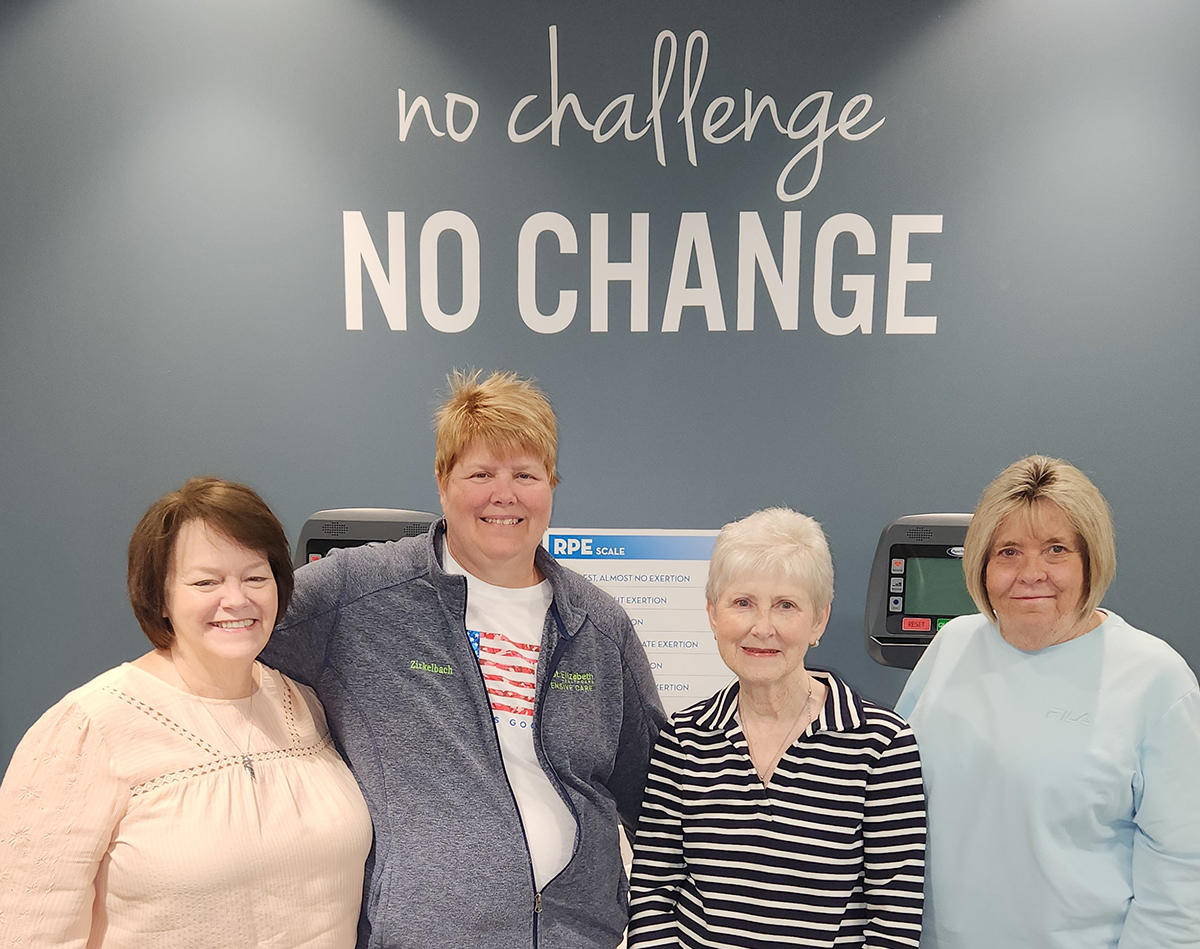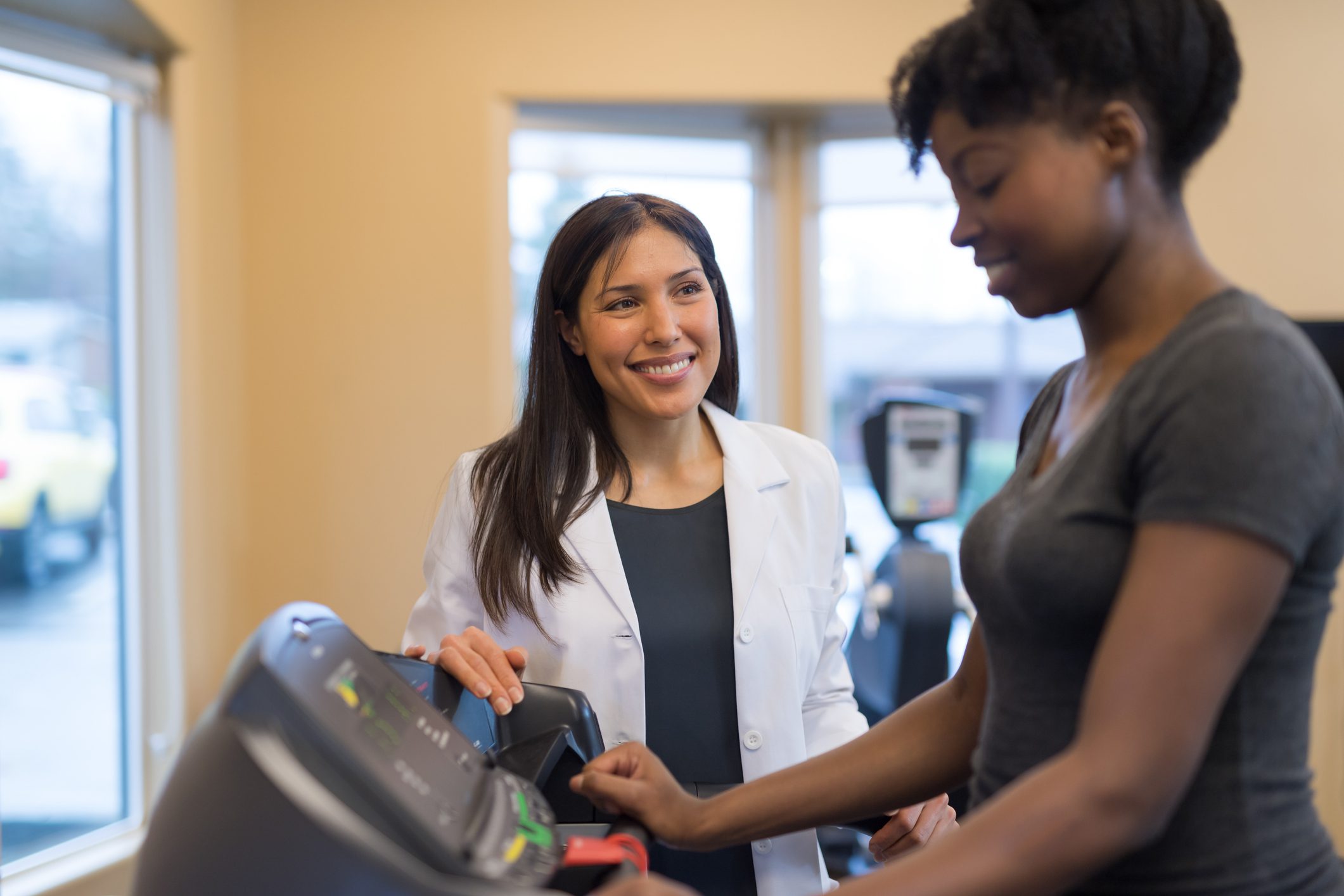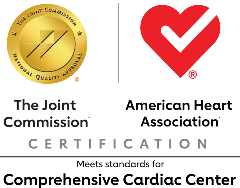Women and Heart Disease
Heart disease is the No. 1 killer of women – it causes 1 in 3 deaths each year, according to the American Heart Association. Yet, many women don’t consider heart disease to be their greatest threat.
Consider these sobering facts:
- Ninety percent of women have one or more risk factors for heart disease or stroke.
- Since 1984, more women than men have died each year from heart disease. And, the gap between men and women’s survival continues to grow.
- Symptoms of heart disease can be different in women than in men and are often misunderstood. Heart attacks don’t always cause chest pain, and women are more likely to experience other symptoms such as shortness of breath, fatigue, nausea, or back or jaw pain.
What Causes Heart Disease?
It’s important for women to know about this deadly – but preventable – disease. Heart disease affects your blood vessels and cardiovascular system. It’s often caused by atherosclerosis, a buildup of plaque (a fatty substance) inside the walls of your arteries. This buildup narrows the arteries and can lead to a blockage, which can stop blood flow and cause a heart attack or stroke.
There are other types of heart disease in which your heart doesn’t function properly, such as heart failure, heart arrhythmia and heart valve problems.

Contact Us
If you have concerning symptoms and you want to see a cardiologist, you shouldn’t have to wait.
Call (859) 287-3045 Monday through Friday, 8:00 a.m. to 4:30 p.m. and we’ll get you in to see a cardiologist today or the next business day.
If you have heart attack symptoms, those cannot wait. CALL 911.
Symptoms of a Heart Attack
Although some heart attacks can be sudden and intense, most heart attacks begin slowly, with mild pain and symptoms. Knowing the symptoms can help save your life.
The warning signs of a heart attack include:
Don’t drive. Don’t delay. Call 911 right away.
Even if you’re not sure it’s a heart attack, call 911 — don’t drive. Fast action can save your life or someone else’s. When you call 911, paramedics can start providing care and let the Emergency Department know they’re on the way.




